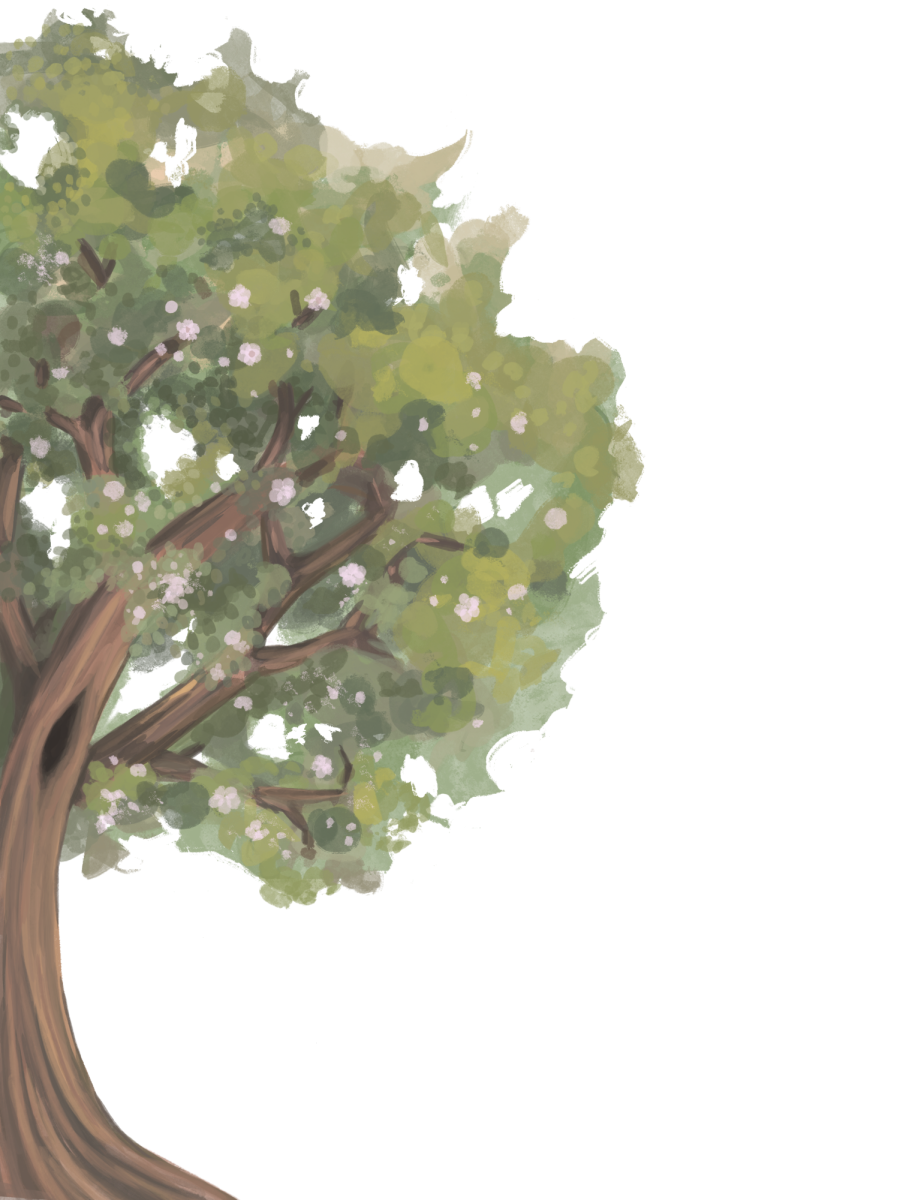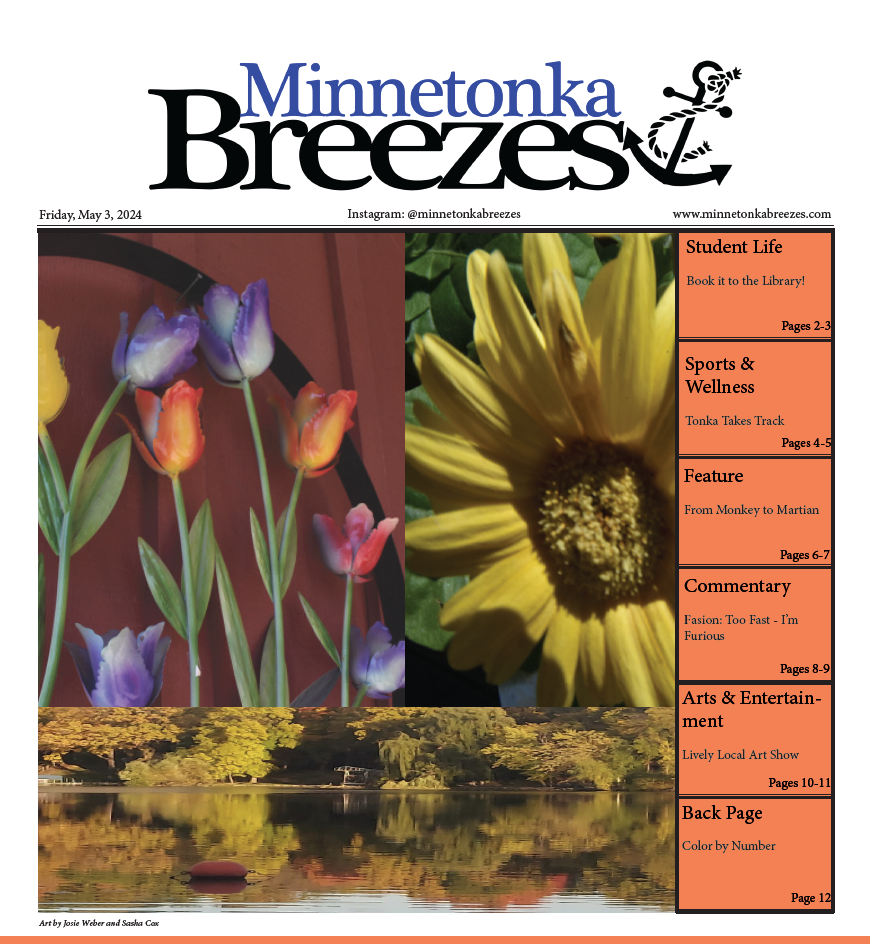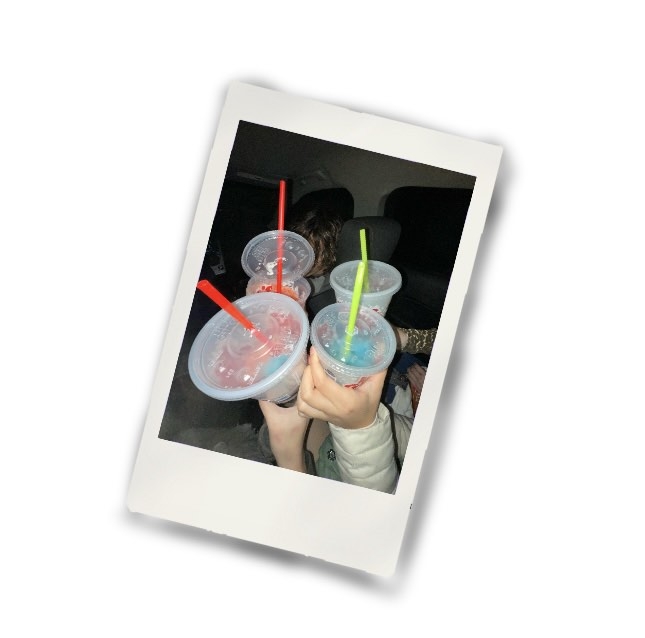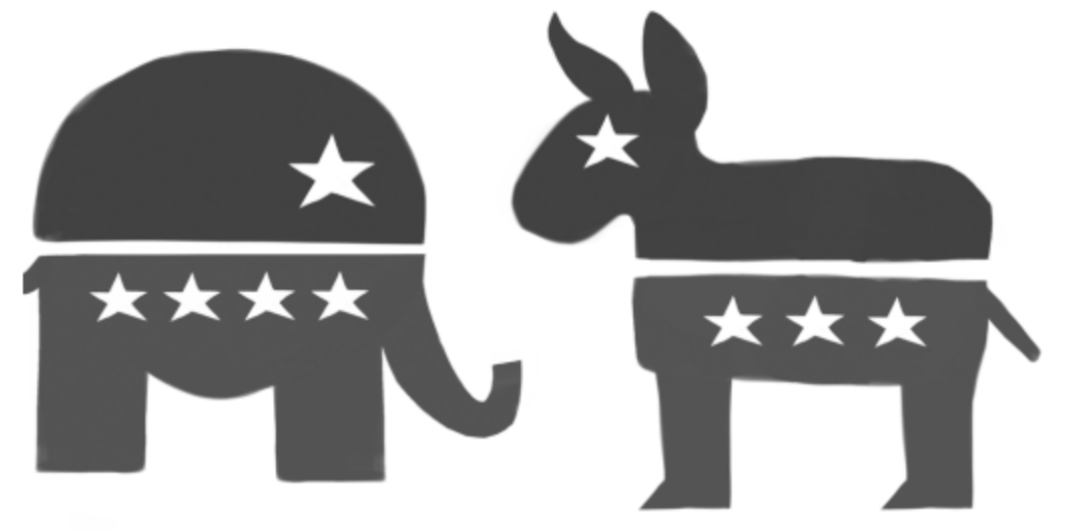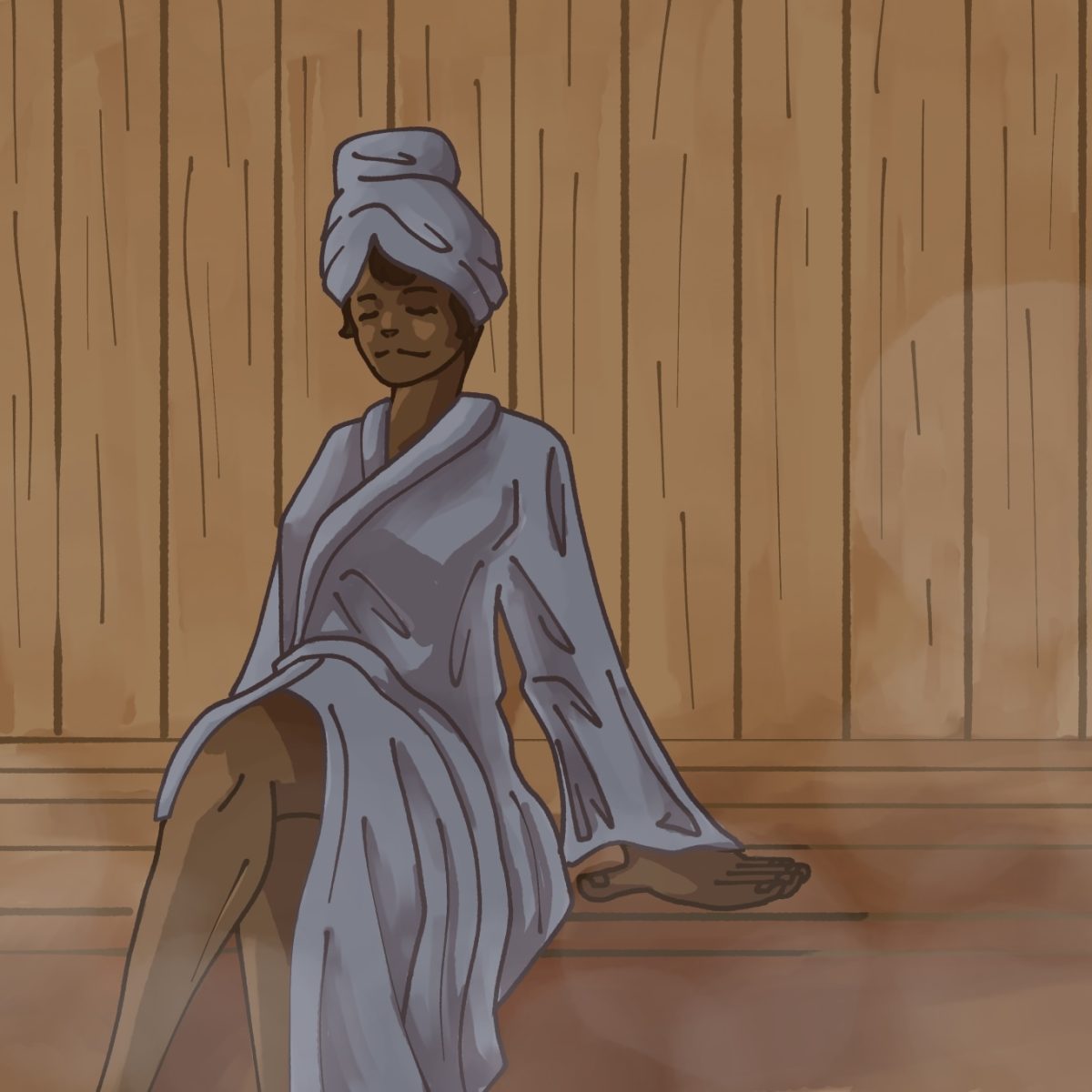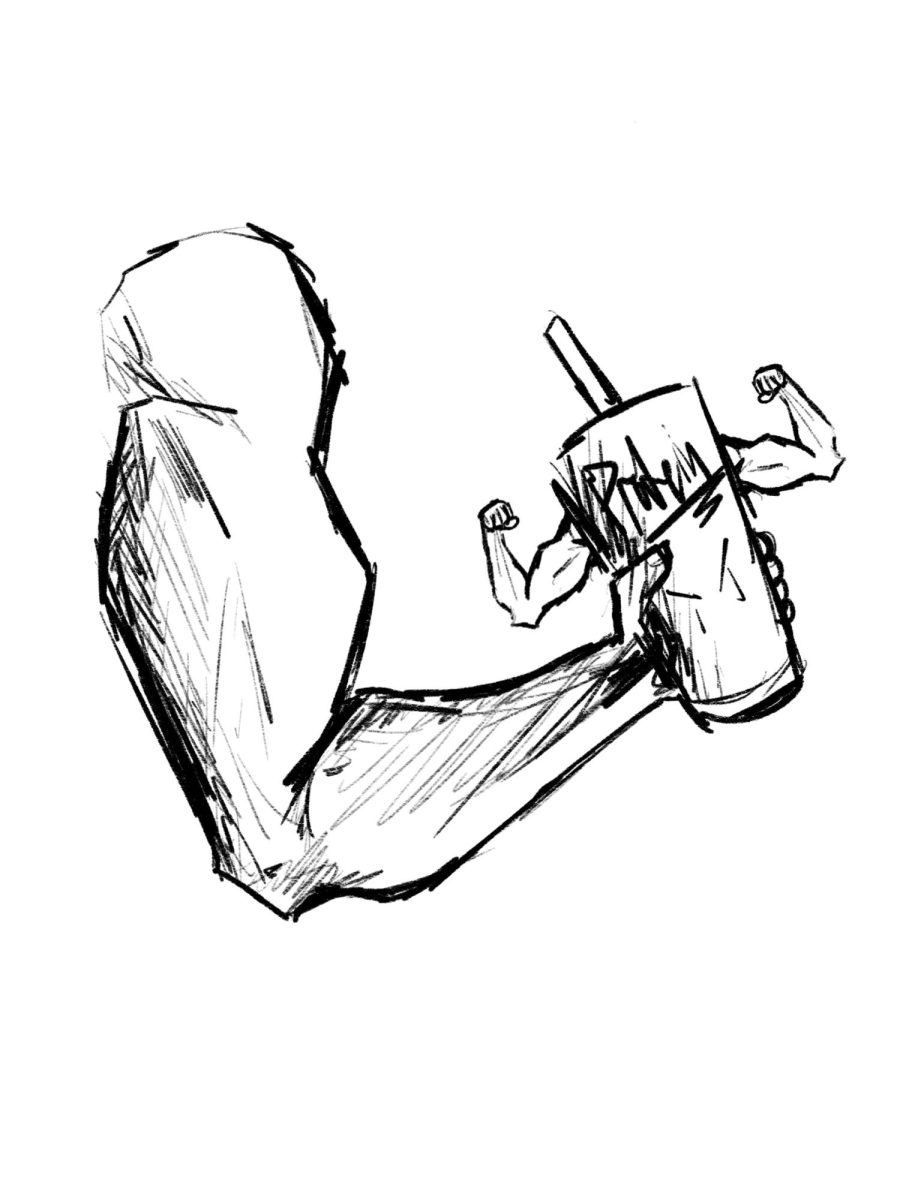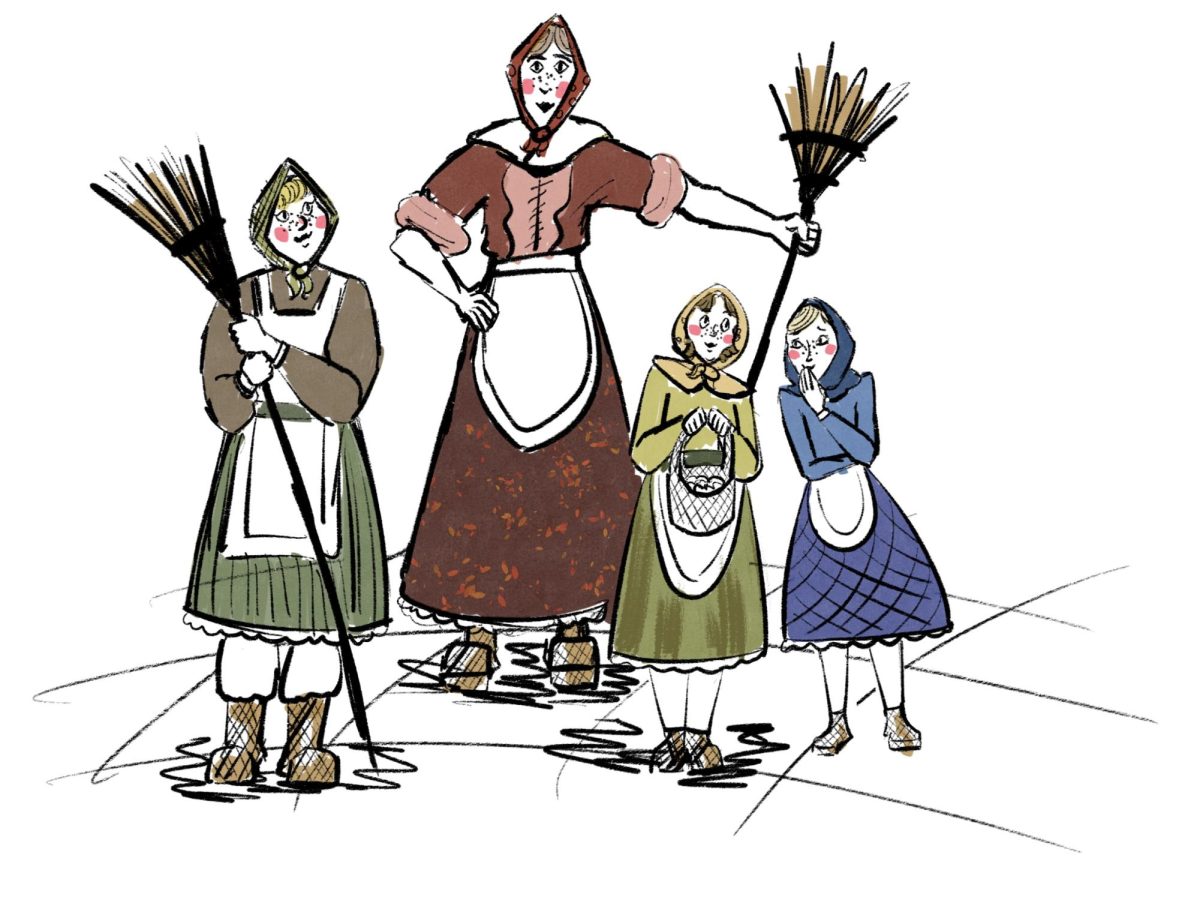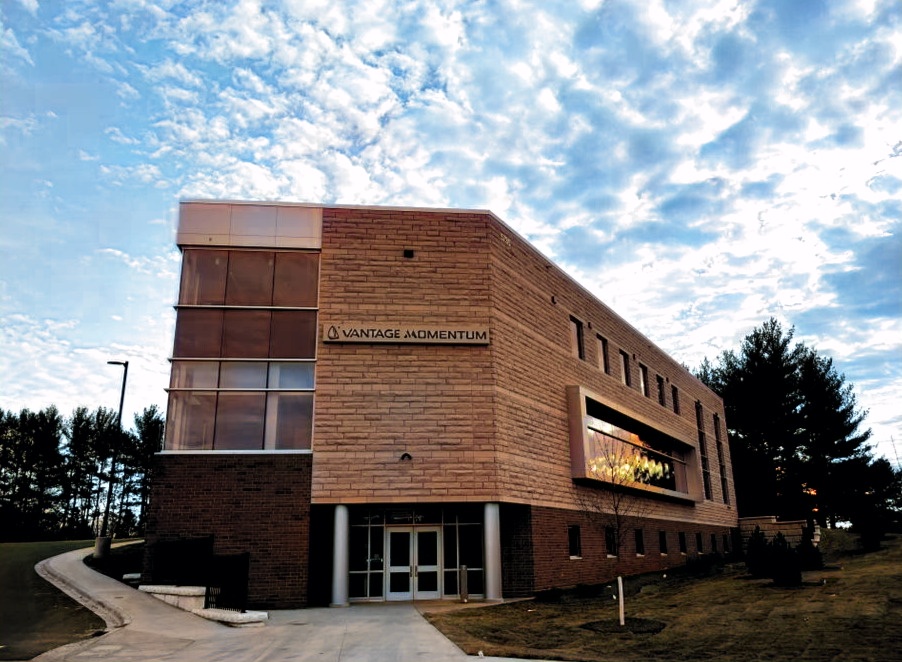Spring has sprung a little early here in Minnetonka, but since March is well underway, now is the time to learn of some
of Minnesota’s rich Scandinavian spring traditions. Spring is often deeply associated with Easter in certain cultures, including Scandinavian culture. So, in celebration of the new season, let’s take a look at some of the many interesting Easter traditions
practiced in different Scandinavian countries.
Starting off in Sweden, there is a strong cultural belief that Easter is not just a Christian holiday, and is for anybody and everybody. For Swedes, Easter is less based on religion and more based on superstitions surrounding witches. These witches are rumored to steal valuables and other goods from Swedish villages and are also known as Påskkärring.
“They’re awesome. The more ridiculous the better,” said Johnathan Maki, an art teacher, when asked about the Easter costumes in Swedish culture.
Each region of Sweden has their own way of protecting themselves from the Påskkärring, from burning bonfires to marking their doors with big red crosses. To celebrate these old traditions, little kids often dress themselves up in witch costumes with headscarves, long skirts, and painted faces. They go and visit their neighbors with gifts in hopes of getting candy, extremely reminiscent of Halloween traditions in the U.S.
Like in Sweden, Easter is celebrated in Finland with witches and kids roaming around town in disguise. Instead of giving gifts like baskets, though, people will instead wish you good health in exchange for a gift.
In a different part of Northern Europe, Denmark has its own unique cultural traditions, these ones very different from the ones mentioned above. The Danish celebrate Easter, or Påske, very similar to Americans, but with a twist. The holiday still involves decorating with bright colors and bringing the outside in with fresh flowers, but the Danes also include poetry in their celebrations. This tradition dates back to the 18th century where younger Danes would cut up intricate designs into paper, think like a paper snowflake, and write a short poem inside.
Many people at MHS have their own opinions on poetry, like Ashley Gendlin, ‘24, who thinks that this tradition is “so cute.”
These poems typically involve an anonymous sign-off, where dots correspond to the number of letters in the author’s name. For example, Ashley would become “……”
Recipients of the poems are gifted with an Easter egg if they guess who wrote it correctly, however, if they guess incorrectly, they must give an Easter egg. Outside of poetry, Easter celebrations in Denmark often involve a big lunch with friends and family to celebrate, similar to American celebrations. These lunches usually involve traditional Danish food, like rye bread sandwiches with meat, boiled eggs, fish, and all different kinds of cheeses. Lamb is also a popular choice at these meals, with spring being the best season for lamb.
While these traditions are all very interesting and unique, they are merely a snapshot of all the variety of ways in which people celebrate Easter, other spring holidays like Holi, Passover, and Cinco de Mayo, or just spring in general. No matter what you’re celebrating this spring, make sure you get outside, enjoy yourself, and spend lots of time with friends and family.






























